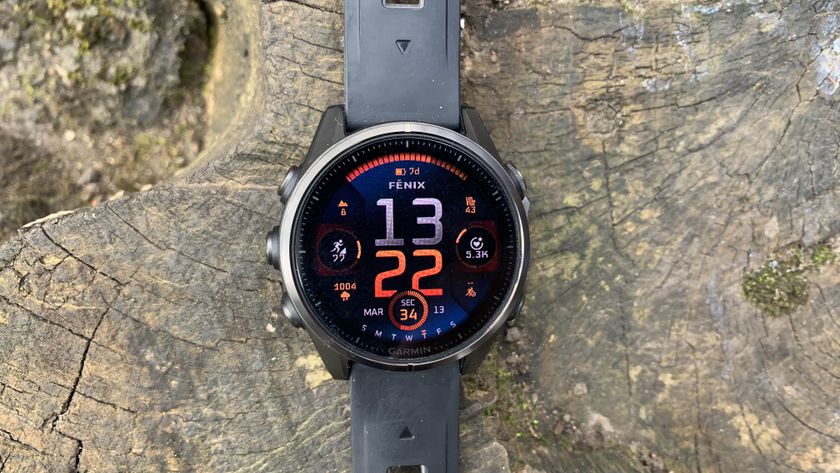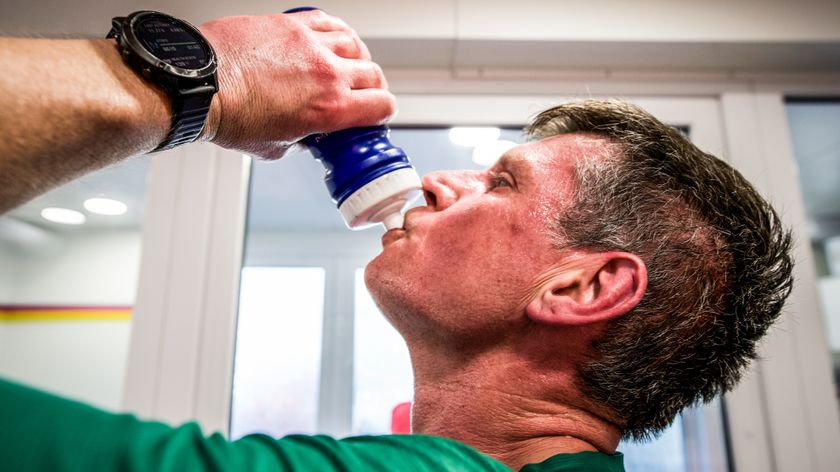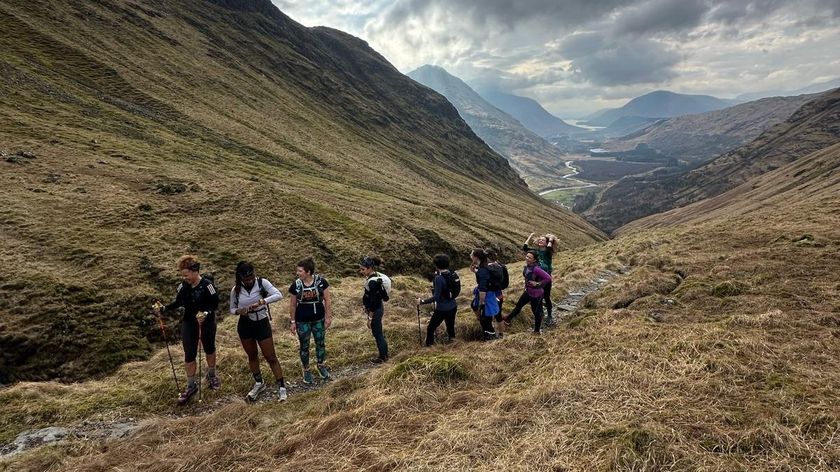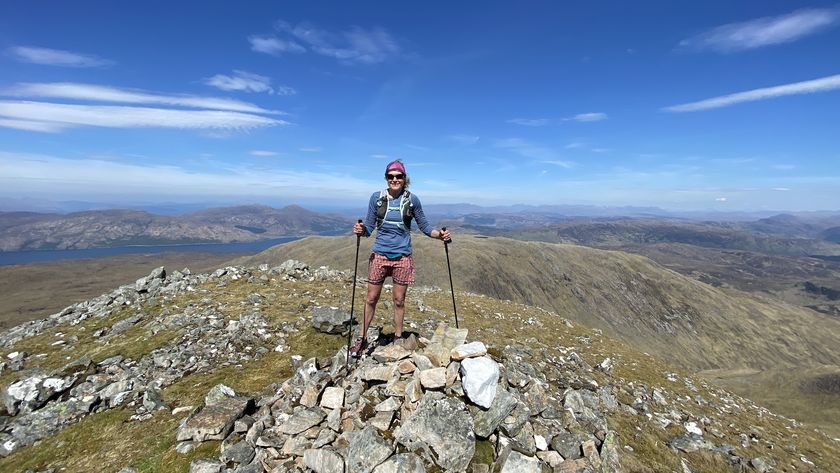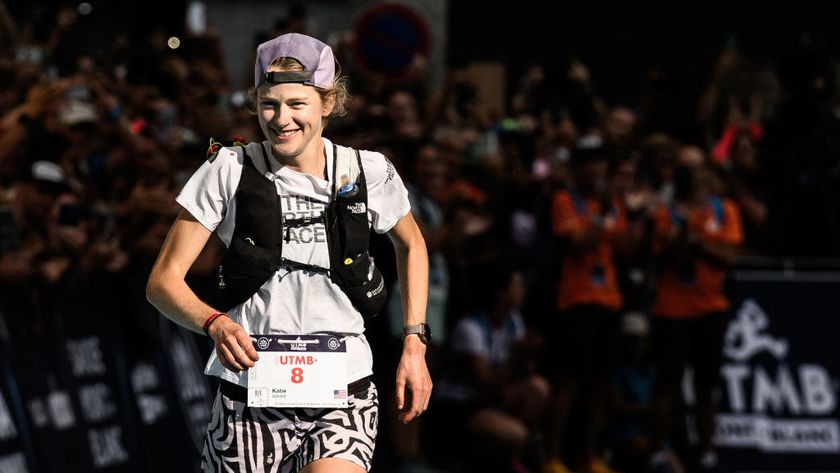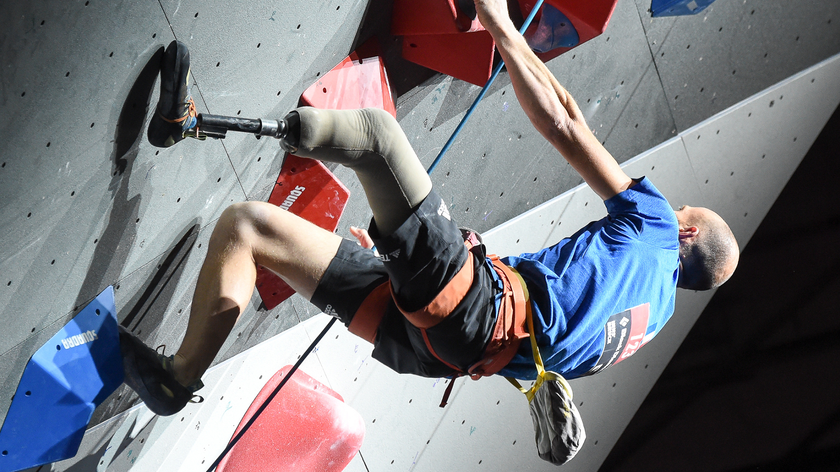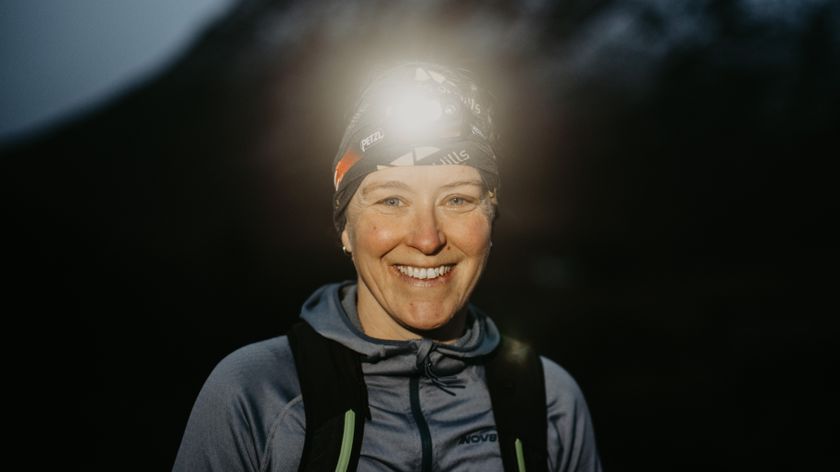Polarized vs non-polarized sunglasses: which do you need?
We shed light on the differences between polarized vs non-polarized sunglasses to help you figure out which you need to protect your peepers on your adventures
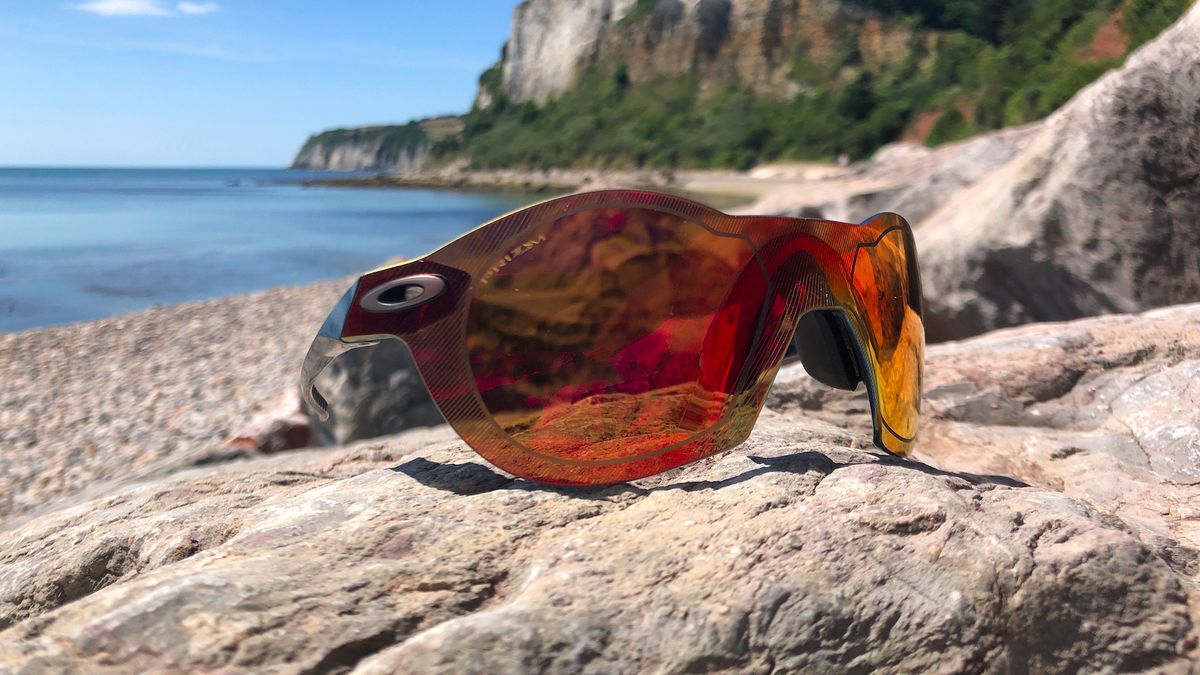
There are all different types of sunglasses for hiking and trail running, not to mention winter sports and water sports, and no matter what you need them for, you’ll notice that they’re often broadly divided into two categories: polarized vs non-polarized sunglasses. But what does this actually mean, and do you need polarized sunglasses? We shed some light on the main differences between these two types of sunglasses to help you choose the best pair to protect your peepers when you’re adventuring outdoors.
Polarized vs non-polarized sunglasses: what are they?
The main difference in the technology of polarized vs non-polarized sunglasses comes down to their protection against glare, which is when you have trouble seeing in the presence of bright light such as direct or reflected sunlight or even oncoming car headlamps set on high beam. Polarized sunglasses have a chemical coating called a polarizing film, which helps protect your eyes against glare by blocking out horizontal rays of light while letting vertical rays in. Non-polarized sunglasses are any that don’t have this coating. Let’s read on to find out what kind of difference this makes in terms of their performance on the hill.

Polarized vs non polarized sunglasses: glare and visibility
As we’ve explained, polarized sunglasses are effective against glare, which makes them useful in extremely bright situations such as during water sports and skiing, where the light reflects off the water or the snow. Polarized sunglasses will offer better clarity and contrast and reduce eye strain in these very bright situations, and are helpful to help you avoid hazards on the trail or the ski runs. This will be really helpful if you’re skiing in Colorado, where there’s seldom a cloud in the sky.
Non-polarized sunglasses lack this coating, so you may find it harder to see in situations where there is high glare, but they may be just fine for hiking somewhere with more cloud coverage, low reflective situations, or just hanging out in the summertime.
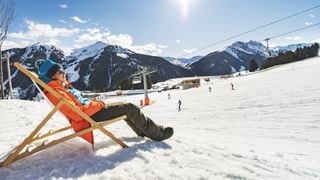
Polarized vs non-polarized sunglasses: UV protection
Non-polarized sunglasses may not protect your eyes as well against glare, but they do typically offer ultraviolet (UV) protection, which is hugely important, especially when you're hiking or running at high altitude where it can be a lot brighter. UV rays are the rays from the sun that can be harmful to your skin and eyes.
Polarized sunglasses don’t necessarily filter out UV rays unless labeled as such, but basically regardless of which type you choose, you should make sure that they offer full UV protection before you buy a pair. The Shady Rays Velocity in our picks of the best trail running sunglasses are polarized sunglasses that offer 100% UV protection at a decent price.
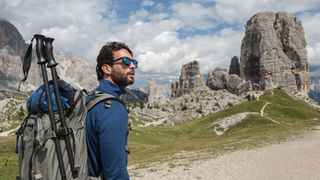
Polarized vs non polarized sunglasses: color distortion
When you’re out in nature, you want to enjoy the best views you can, and save the rose-colored views for retrospection only. While color distortion is partially a product of the color of your lenses, it may help your decision making process to know that polarized sunglasses generally lessen color distortion. That said, look for gray and green lenses if you’re looking to minimize color distortion, and avoid brown lenses.
Advnture Newsletter
All the latest inspiration, tips and guides to help you plan your next Advnture!
Polarized vs non-polarized sunglasses: use with screens
Let’s face it, chances are when you’re out on sunny adventures, you’re going to want to have a peek at your screen from time to time, whether you’re checking your hiking route on Komoot, snapping pics of your ski vacation, or relaxing by the pool with your e-reader after a long trail run. The extra protection against glare offered by polarized sunglasses can also make it a bit harder to see your screen, though this is slowly improving with technological advances. Non polarized sunglasses are preferable if you’re going to be looking at a screen a lot.

Polarized vs non polarized sunglasses: price
That extra protection offered by the polarized film does come with a higher price tag, but that doesn’t mean that all polarized sunglasses cost more than all non-polarized versions. Plenty of both versions come with a hefty price tag, but essentially what you will see is that when comparing a model of sunglasses which comes in both polarized and non polarized options, such as the Julbo Montebianco 2 / Monterosa 2, the polarized version will be more expensive.
| Header Cell - Column 0 | Polarized | Non polarized sunglasses |
|---|---|---|
| Glare and visibility | Block glare to offer better clarity and contrast in bright situations | Don't block glare |
| UV protection | Don't offer UV protection unless labeled as such | Usually offer UV protection |
| Color distortion | Less color distortion | More color distortion, prefer gray and yellow lenses to reduce |
| Use with screens | Difficult to use with screens | Easy to use with screens |
| Price | Overall more expensive, but available in all prices | Overall less expensive, but available in all prices |
Polarized vs non polarized sunglasses: the verdict
This one seems pretty clear cut to us: if you’re going to be outside in extremely bright situations, or where there is a lot of reflected light from water or snow, it’s really worth paying a little more for a pair of polarized glasses to help you see well. That said, you should absolutely make sure that you get a pair of sunglasses with added UV protection. For lower light adventures, non polarized sunglasses offer all the protection and visibility you need. Of course, you can get a pair of each and wear the best pair that the day’s escapades demand.
Julia Clarke is a staff writer for Advnture.com and the author of the book Restorative Yoga for Beginners. She loves to explore mountains on foot, bike, skis and belay and then recover on the the yoga mat. Julia graduated with a degree in journalism in 2004 and spent eight years working as a radio presenter in Kansas City, Vermont, Boston and New York City before discovering the joys of the Rocky Mountains. She then detoured west to Colorado and enjoyed 11 years teaching yoga in Vail before returning to her hometown of Glasgow, Scotland in 2020 to focus on family and writing.

